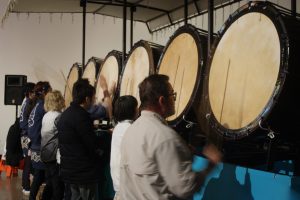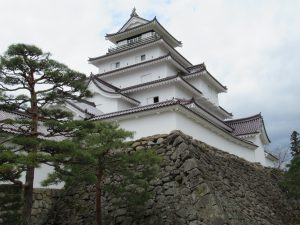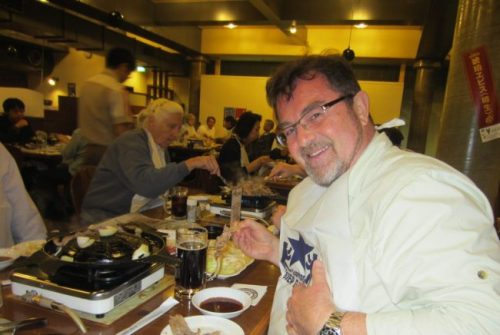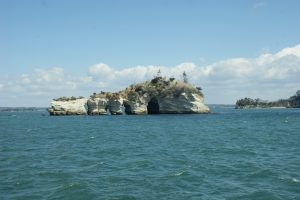
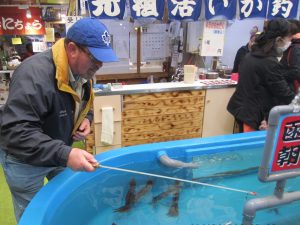 ashimi style with a tempura sauce and wasabi paste! After all, visiting a foreign country is about stepping outside your comfort zone and experiencing their lives and enjoying their foods. Yes, you will not like everything but then again how many of us liked spinach the first time our parents made us eat a new food as kids!
ashimi style with a tempura sauce and wasabi paste! After all, visiting a foreign country is about stepping outside your comfort zone and experiencing their lives and enjoying their foods. Yes, you will not like everything but then again how many of us liked spinach the first time our parents made us eat a new food as kids!
And the surprises in topography, history, foods, and traditions continued. Then it was a boat trip through many islands covered in pine trees to get to the island of Matsushima, a magical place considered one of the three scenic wonders of Japan, with Zuiganji Temple (Tendai Sect of Buddhism) full of national treasures, art and painted panels, including gorgeous gardens and huge towering trees. The famous Haiku poet Basho travelled here writing many poems that were inspired by this beautiful part of Japan. Having lunch overlooking Matsushima Bay and encountering a couple of elderly Japanese ladies with whom we struck up a conversation and shared plates of food was a genuine joy! The sun glittered across the waters as the boats and ferries came and went on this warm and sunny day!